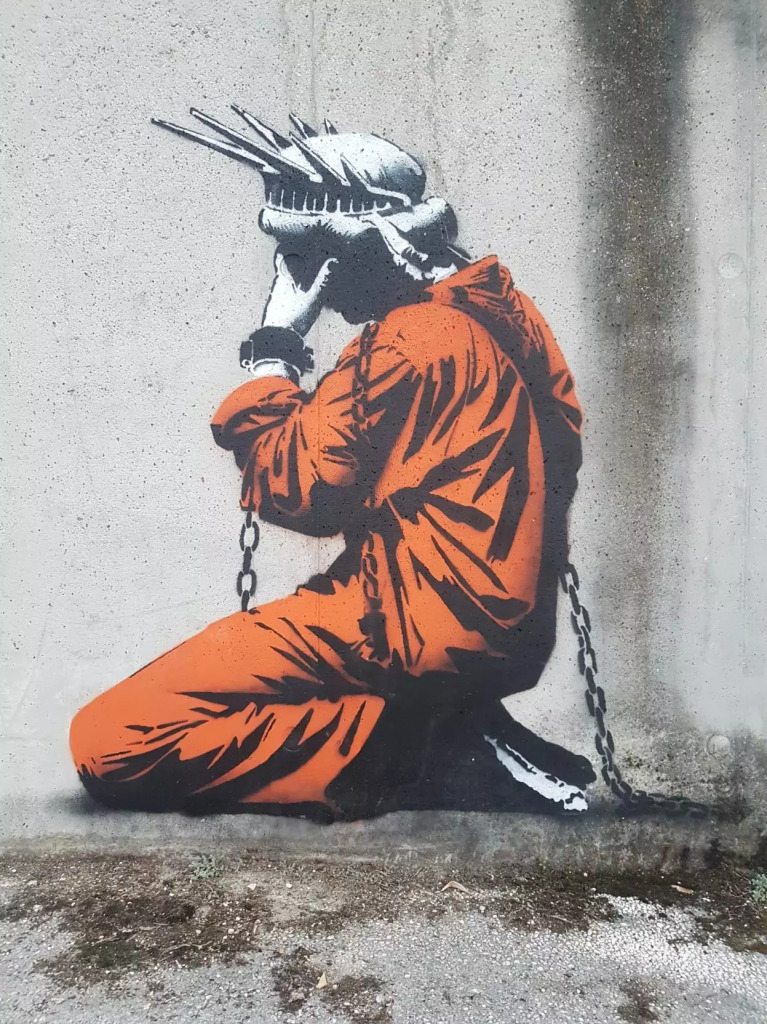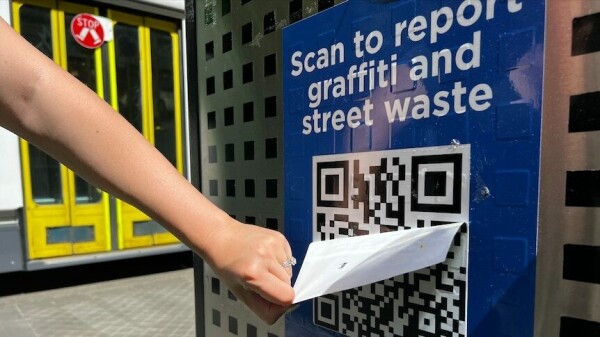Search
Items tagged with: graffiti
@cdb_77@mastodon.online
@abies77@piaille.fr
@Cristina Del Biaggio @cdb_77@mastodon.online
#graffiti spotted in #Grenoble, France.
#StatueDeLaLiberté
#StatueOfLiberty
#StatuaDellaLibertà
#StreetArt #ArtDeRue #USA #EtatsUnis
Ping @RadicalGraffiti
there are #QR #code #posters here in #Melbourne for #reporting #graffiti to the #council - and #someone has been #printing their own and #carefully #placing them over the #official ones
they lead to a #documentary on #hiphop/graffiti #culture
it's perfect #because the QR posters are #uglier than any bit of #street #art
they lead to a #documentary on #hiphop/graffiti #culture
it's perfect #because the QR posters are #uglier than any bit of #street #art





